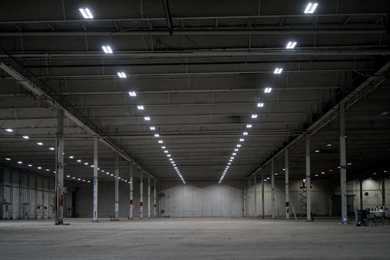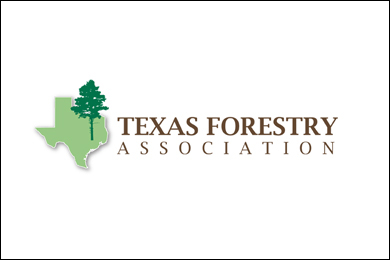New building codes for the use of mass wood products continue to spell good news for Southern Pine forestland owners. According to Houston Chronicle writer, R.A. Schuetz, the revised building codes have the potential to transform both foresting communities and cityscapes. “We are very excited about it,” Schuetz’s story quotes Texas Forestry Association President Rob Hughes. “There’s still a place for a skyscraper built of concrete and steel. But if it’s a smaller building, within what’s allowable, we hope that people consider buildings made of wood instead.”
The East Texas region’s native trees have been harnessed into what’s known as the “wood basket” of the nation, Schuetz’s story continues, by foresters such as (Hughes).
Mostly used until now to frame single-family home and for everyday products such as paper and furniture, the southern yellow pine grown along the Gulf Coast could soon be destined for structures unlike anything the United States has ever seen: wooden high-rises 18 stories tall.
Engineering advances have greatly increased the strength, rigidity, and stability of wood as a building material. As a result, the International Building Code, which forms the basis of many cities’ building regulations, decided in January to more than double the allowed height of a wooden building to 18 stories.
It will likely take another two years before cities begin adopting the code, but developers have begun to push up against current limits. Houston-based Hines has built multiple 85-foot-tall wooden buildings (which is the current height limit) and says there is no reason it could not go higher when limits increase.

The inside of the first CLT (cross-laminated timber) factory in Texas waits to be loaded with equipment in Lufkin, Texas. Photo: Mark Mulligan, Houston Chronicle / Staff Photographer
The inside of the first CLT (cross-laminated timber) factory in Texas waits to be loaded with equipment in Lufkin, Texas.
“We’re just on the forefront of this wave,” said Gensler architect Taylor Coleman, who designed the first building in the nation to use southern yellow pine in a mass timber product known as cross-laminated timber. Cross-laminated timber, which has its origins in Germany in the 1990s, consists of several layers of boards that are dried and then glued and stacked in alternating directions before being placed under pressure to form panels suitable for construction use.
More cross-laminated timber buildings are in the works, with developments announced in San Antonio, Austin, Dallas, and Sherman.
The first cross-laminated timber factory in Texas is under construction and once running, will employ at least 150 full-time employees and process 33 truckloads of southern yellow pine a day. That demand will have a ripple effect. Adjacent to the factory, a new sawmill named Angelina Forest Products is gearing up to provide another 135 jobs.








